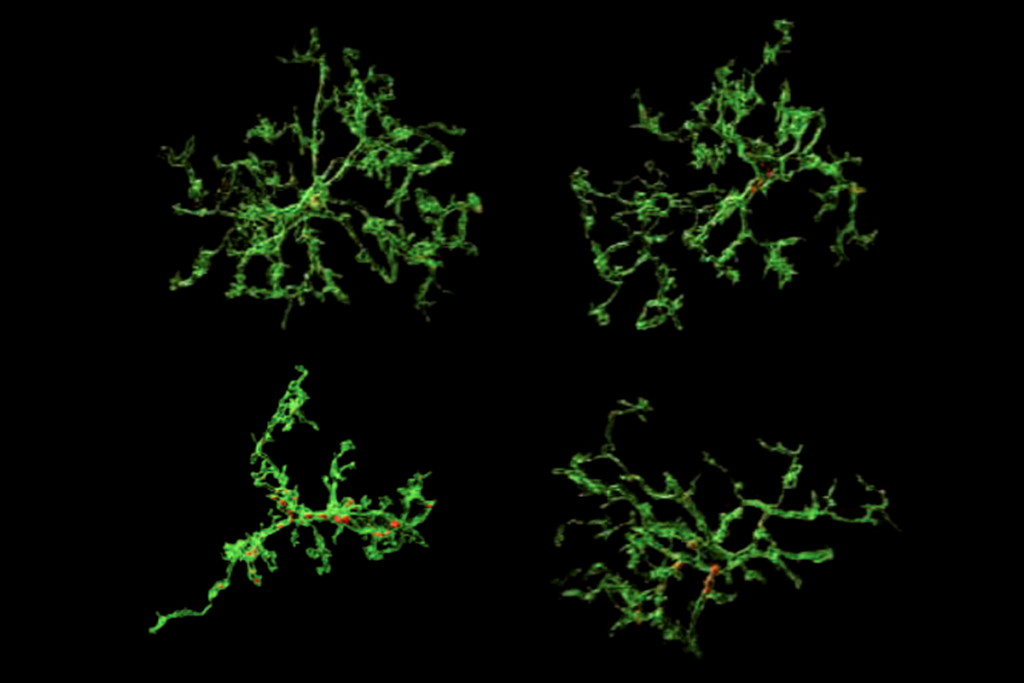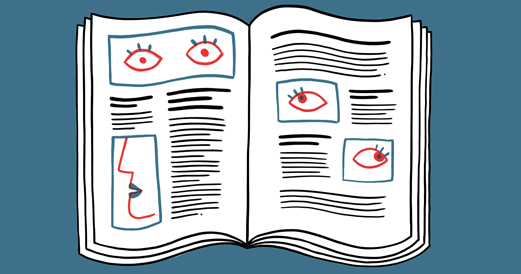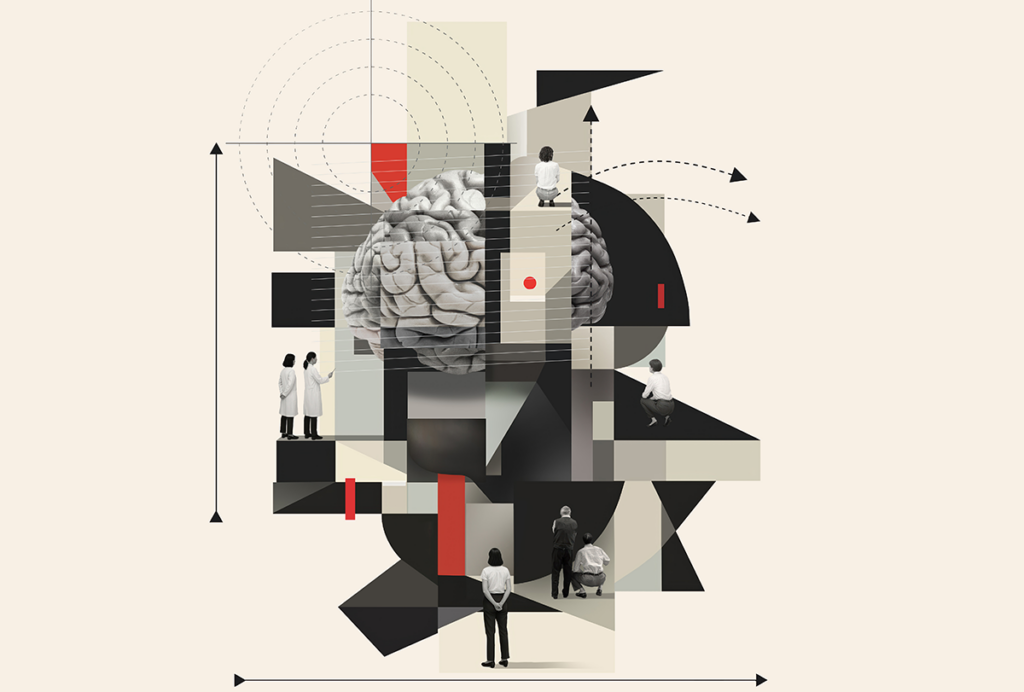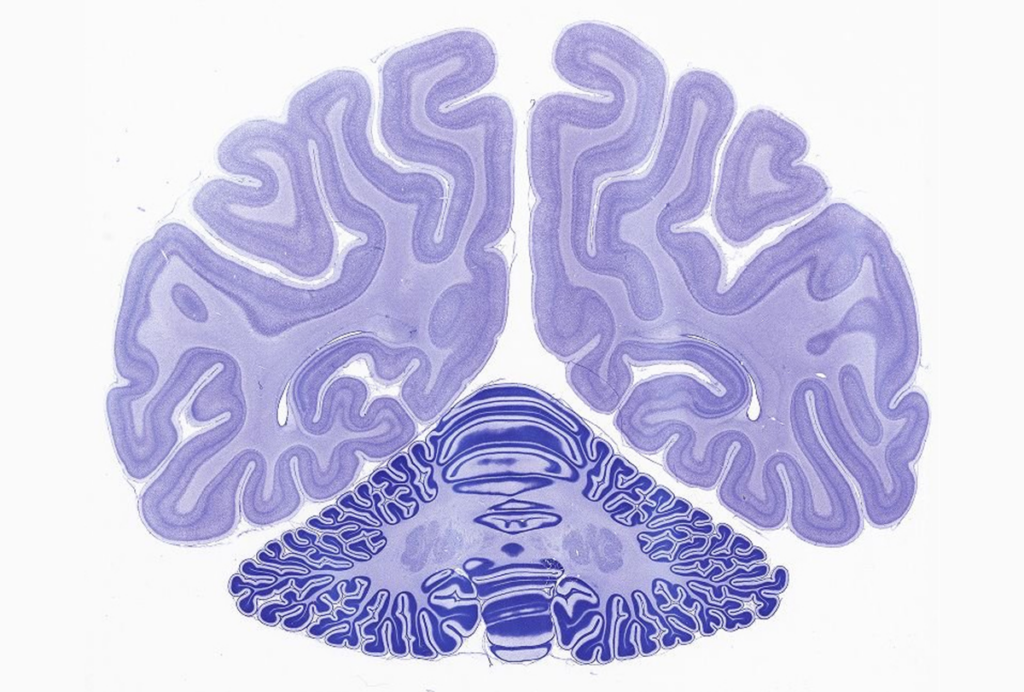Crossover potential?
“I don’t know anything about Williams syndrome”: That isn’t exactly how you’d expect a talk at a meeting on the syndrome to begin, but it happened more than once at a symposium on the disorder last week. Could scientific interchange between Williams syndrome and autism researchers benefit people with either condition?
“I don’t know anything about Williams syndrome”: That isn’t exactly how you’d expect a talk at a meeting on the syndrome to begin, but it happened more than once at a symposium on the disorder last week. (I stopped counting after the third time someone used that exact opening.)
Some of the symposium’s participants have decades of experience with Williams syndrome, in both the lab and the clinic, whereas others — including many autism investigators — are completely new to the field.
Because autism is so prevalent, “A lot of the most brilliant minds are studying autism right now,” says Terry Monkaba, executive director of the Williams Syndrome Association, which organized the symposium. The association wanted to invite some of those minds to think about Williams syndrome as well.
“There’s a lot of natural crossover,” Monkaba points out — both conditions often involve cognitive disabilities, anxiety and difficulty forming meaningful social relationships. So perhaps this scientific interchange could benefit people with each condition.
John Rubenstein, professor of psychiatry at the University of California, San Francisco, began his talk on Thursday afternoon by saying not only that he knew nothing about Williams syndrome, but that he’d been revising his PowerPoint file until the very last minute — again, not something you’d expect someone to admit.
Cribbing from the day’s earlier presentations about Williams syndrome, and combining this with his own knowledge of autism, Rubenstein noted that although the two conditions may involve different genes, these genes may fall into similar categories or even, in some cases, be part of the same biochemical pathways.
For example, genes that have been implicated in autism — such as ARX and MECP2 — regulate transcription in neurons, as do the Williams syndrome genes GTF2I and GTF2IRD1.
“It was amazing that he was able to just put that together on the fly,” commented Elaine Jones, chief operating officer of the Allen Institute for Brain Science, which hosted last week’s symposium.
Earlier this year, researchers led by Marc Ekker of the University of Ottawa reported that GTF2I interacts with DLX5 and DLX6, transcription factors implicated in autism. The DLX genes are involved in the formation of neurons that release the neurotransmitter GABA, and may have a connection to the imbalance between neuronal excitation and inhibition seen in autism.
“So the intersection of DLX and GTF function suggests that perhaps it’s worth looking in mouse models of Williams syndrome for defects in GABAergic systems,” Rubenstein concluded. DLX genes also affect craniofacial development, and may play a role in the physical abnormalities seen in people with Williams syndrome, he said.
Rubenstein was by no means the only participant drawing such connections. Mriganka Sur, head of brain and cognitive science at Massachusetts Institute of Technology, noted emerging evidence that microRNAs are involved in Rett syndrome, a form of autism caused by a defect in the MECP2 gene. Sur asked whether microRNAs — short genetic sequences that aren’t translated into protein but that can regulate genes — could also be present in the Williams syndrome region.
Hongjun Song, of the Institute for Cell Engineering at Johns Hopkins University, described how his lab has used induced pluripotent stem cells to investigate neuronal function in schizophrenia and other brain disorders. Song suggested that the technique might also be applied to studies of Williams syndrome.
Of course, these scientists’ comments were speculative, as they were careful to state — Rubenstein wrapped up his presentation by wryly calling it an “artificial talk.” But that was the whole point: to spin out analogies, to guess and hypothesize.
Recommended reading

Functional connectivity links with autism, not ADHD; and more

Ramping up cortical activity in early life sparks autism-like behaviors in mice

New method identifies two-hit genetic variation in autism; and more
Explore more from The Transmitter

How neuroscientists are using AI

Neuroscience needs engineers—for more reasons than you think
